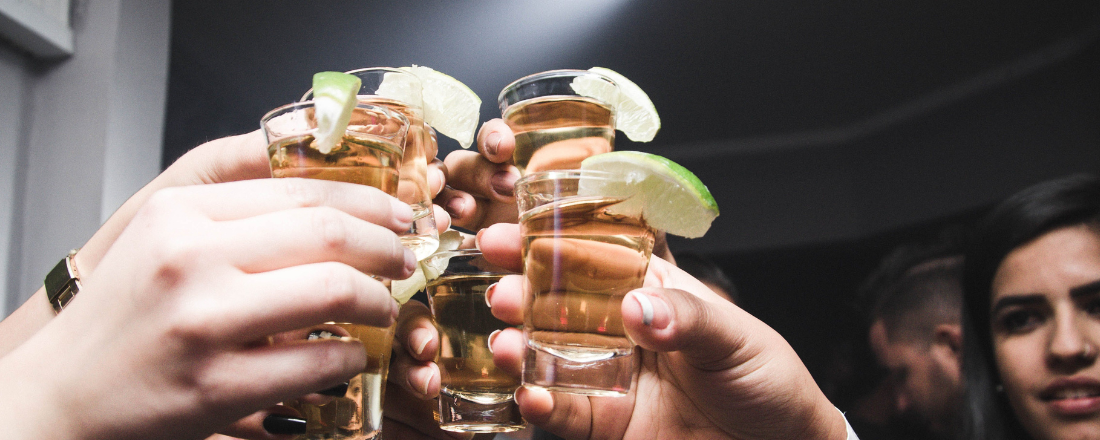
In the News
PHI’s Alcohol Research Group Discusses How to Reduce Drinking Related Deaths in Colorado
- The Denver Post
-
Focus Areas
Chronic Disease Prevention -
Issues
Alcohol -
Expertise
Public Policy Development, Research – Survey -
Programs
Alcohol Research Group

“Five years ago, a workgroup tasked with finding ways to reduce Colorado’s rate of drinking-related deaths — among the highest in the country — issued a simple recommendation: cut back on when and where people can buy alcohol.
Since then, however, the state has only expanded access to alcohol, and may do so again when the legislature reconvenes.
Coloradans voted in 2022 to allow grocery stores to sell wine, three years after they authorized full-strength beer on the shelves. Ahead of the 2024 session, the state’s Liquor Advisory Group recommended lawmakers extend the hours customers can drink at Colorado bars and restaurants by creating a “soft last call,” where final orders must be placed by 2 a.m., but people have until 4 a.m. to finish their drinks.
Changing liquor laws is difficult, but with all of the major parts of the industry backing the soft last call concept, it could be successful in the legislature, said Rep. Marc Snyder, a Colorado Springs Democrat and chair of the committee that regulates alcohol. In 2022, Snyder introduced a bill to extend the hours when alcohol could be sold in the hope that bargoers would be less likely to get into fights if they could disperse more gradually, but it died in a different committee.
Colorado voters’ expansion of access to beer and wine came as the gradual rise in the state’s already high rate of alcohol deaths was accelerating, said Dr. Bill Burman, former director of the Public Health Institute at Denver Health.
The number of Coloradans killed by alcohol jumped more than 60% between 2018 and 2021, before dropping slightly in 2022. When researchers include people who died of chronic health conditions caused or worsened by drinking, alcohol killed more Coloradans than opioids.
As of August, Colorado had more than 18,000 licensed alcohol businesses, according to data from the state Department of Revenue. Coloradans have more than 12,000 places where they can walk in and buy alcohol, after removing duplicate licenses, out-of-state wineries that ship bottles, and businesses that aren’t public-facing, such as distribution warehouses.
Denver has the highest density of alcohol outlets in the state, with about 13 bars, liquor stores and restaurants licensed to serve alcohol and other alcohol retailers for every square mile as of 2020, according to the State Epidemiological Outcomes Workgroup. It also has a high rate of alcohol-related illnesses and injuries, with about one in seven hospitalizations at Denver Health from 2018 to 2022 related to alcohol consumption — more than twice the number of hospitalizations for opioid use.
Environment nudges decisions
With the exception of Utah, states in the Mountain West have higher rates of alcohol consumption, as well as more drinking-related deaths and illnesses, than the country as a whole.
States’ drinking cultures are a product of many factors, including how they choose to regulate alcohol and residents’ demographics, said Bill Kerr, scientific director of the California-based Alcohol Research Group.
A teetotaler in Utah doesn’t automatically become a party animal if they move across the state line, but differences in environment nudge people’s choices in small ways that add up over time, Kerr said. In a community where people drink more, more restaurants will consider it worth the trouble to have liquor licenses, and people who wouldn’t have bothered to stop by a bar after dinner may have a cocktail while they eat. And if the bars are full of people, they’re more appealing to those who wouldn’t seek one out just to get drunk, he said.
“Absolutely, people are affected by the area they’re in,” Kerr said.
Also, different areas set different expectations for what could be considered heavy or problematic drinking, Kerr said. If everyone else stops at one drink, a person ordering four might feel uncomfortable — but if they see someone else is on their eighth drink, their own drinking feels healthy, he said.

People measure their own drinking in terms of what other people do.William Kerr, PhD
Scientific Director, Alcohol Research Group
While people might assume that those who drink heavily will continue to do so regardless of convenience, studies have found that when alcohol is sold in more locations or available later into the night, hospitalizations and other bad outcomes increase, Kerr said. For example, a person may still drink heavily even with restrictive laws, but if the liquor stores already are closed when they run out of alcohol, that at least reduces their consumption for that night, he said.
“If it’s more convenient, if there’s more stores in the area, if it’s easier to get to, if you can bundle purchases like at grocery stores, there’s a marginal increase,” he said.
But no one knows whether regions could change their alcohol cultures because none have tried to in recent decades, Kerr said. Americans’ average consumption has been rising over time, but states have been reluctant to raise taxes and quick to expand access, he said.”
To read the full article, click on the link below. Registration or subscription may be required to access this full story.
Originally published by The Denver Post
More Updates
Work With Us
You change the world. We do the rest. Explore fiscal sponsorship at PHI.
Support Us
Together, we can accelerate our response to public health’s most critical issues.
Find Employment
Begin your career at the Public Health Institute.



